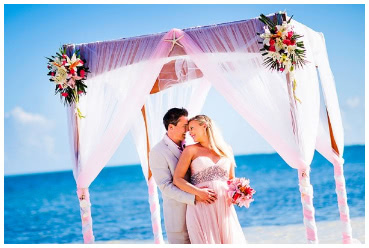Sandy Point Resorts offers accommodations for the lone traveler, large wedding parties and everything in between. Whether you are a family seeking a value-oriented vacation, a diver looking to experience one of the premier diving spots in the world, a couple planning a romantic getaway, or a traveler who wants nothing more than a luxurious private villa overlooking the Caribbean, Sandy Point Resorts offers the right option for your vacation.
We look forward to welcoming you to Sandy Point Resorts... A Resort for Every Vacation in Belize















